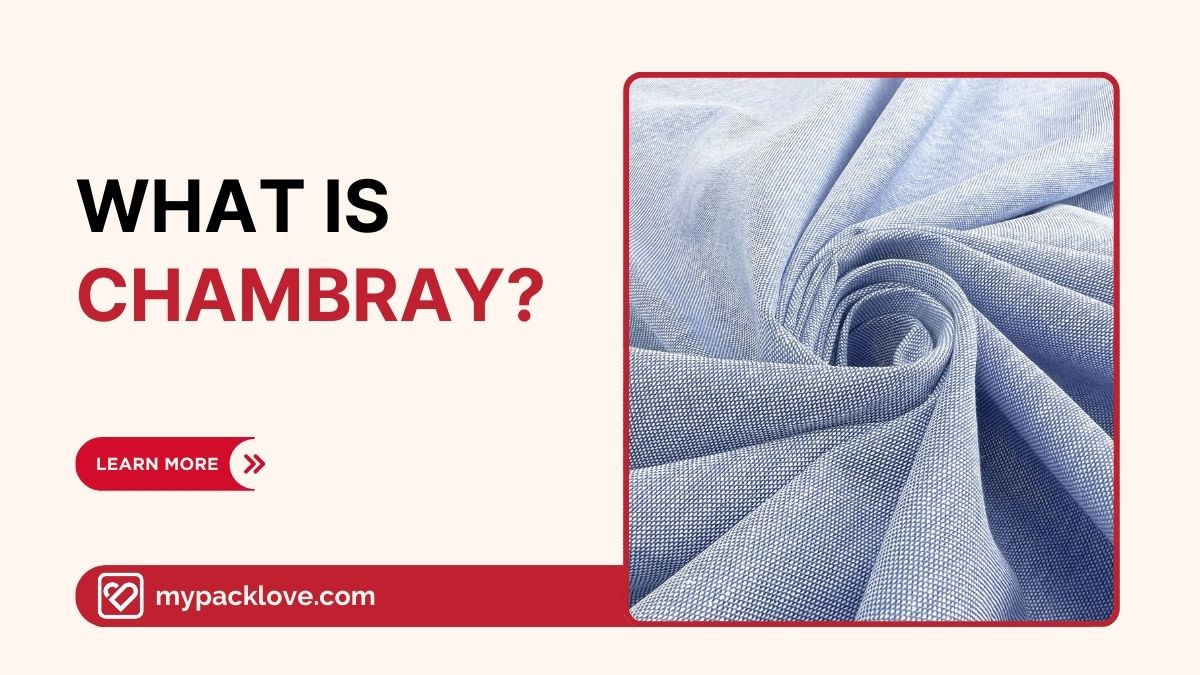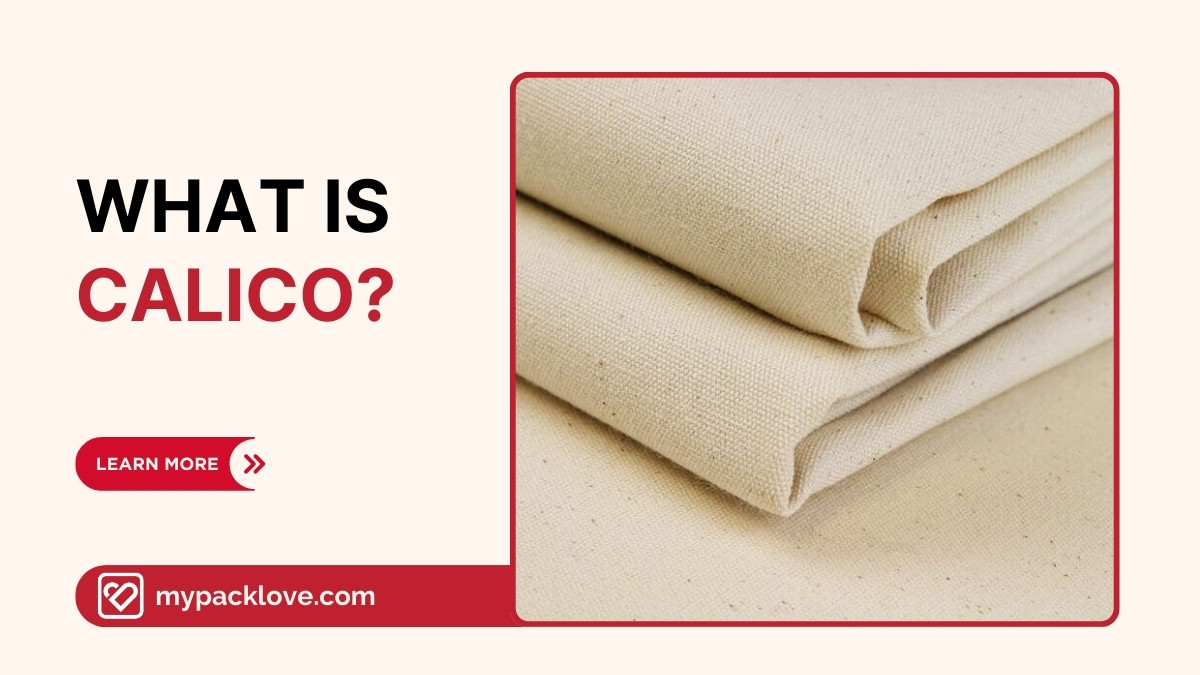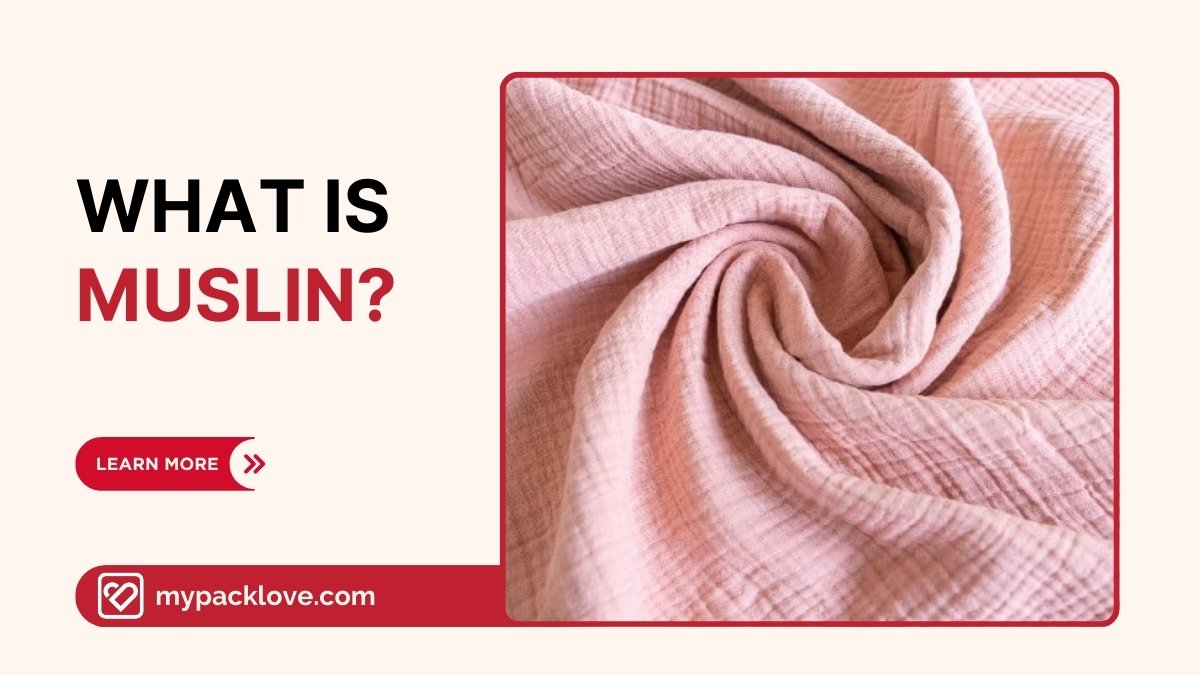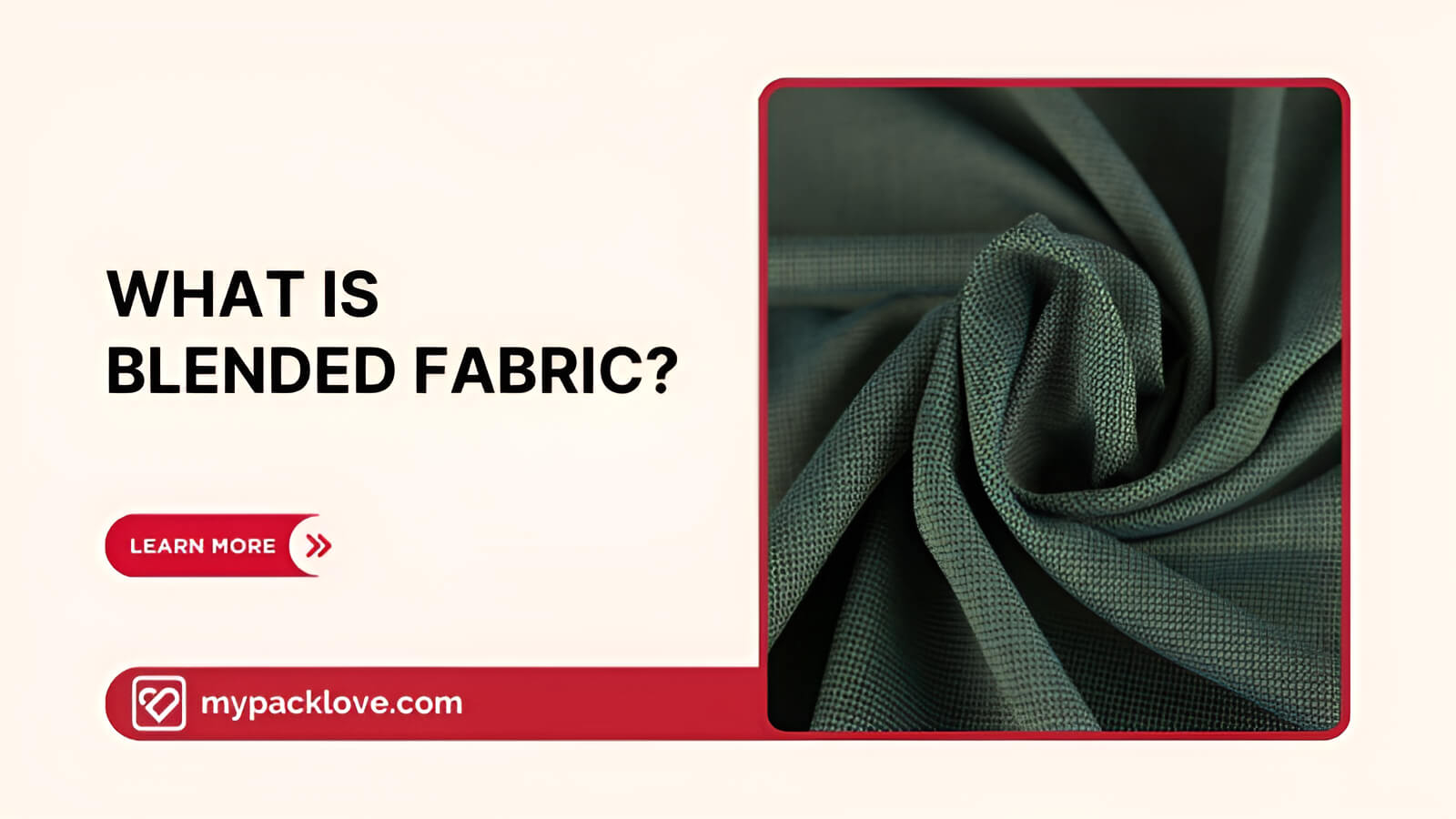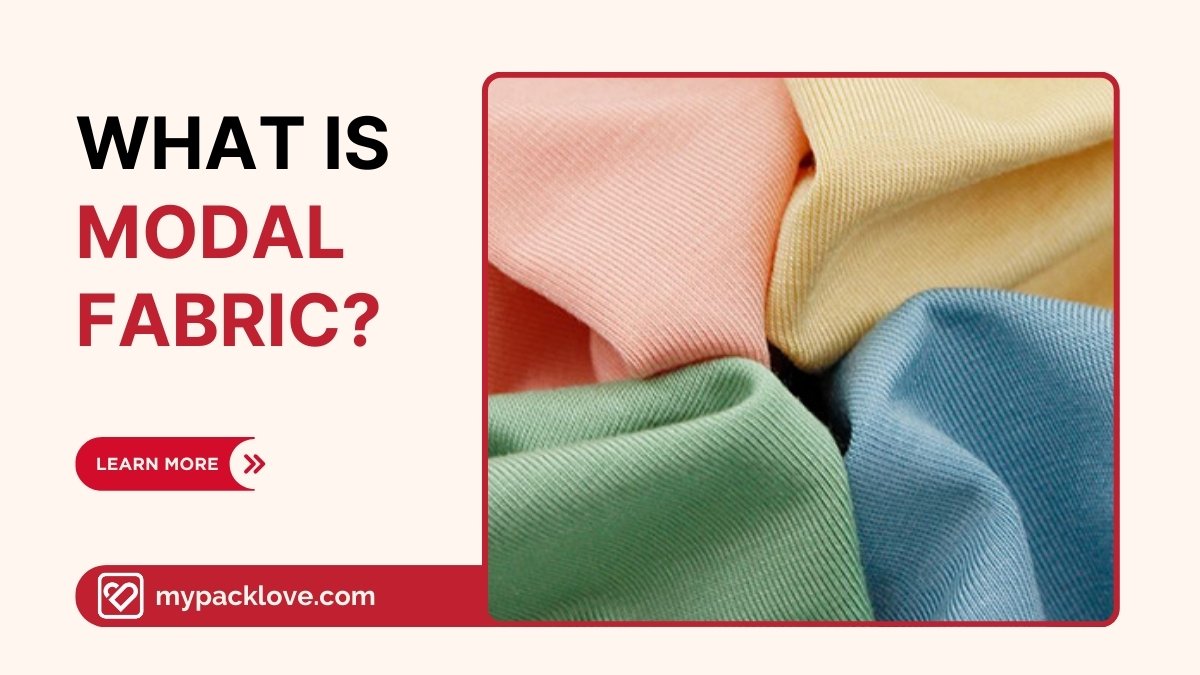Textile Labeling Regulations: A Comprehensive Guide (USA, CA, EU)
Navigating the world of textile labeling can feel like wading through a complex maze of regulations, whether you’re a clothing manufacturer, textile importer, online retailer, or even a handmade textile artisan. The constantly evolving requirements across different countries present a significant challenge, with the risk of fines, penalties, and even damage to your brand reputation looming for non-compliance.
Beyond the legal implications, understanding fiber content and care instructions is crucial for building consumer trust and ensuring fair trade practices. This comprehensive guide cuts through the confusion, providing a clear overview of textile labeling regulations in key markets like the USA, Canada, and the EU.
We’ll equip you with the knowledge and practical advice you need to ensure compliance, avoid costly penalties, and build consumer confidence in your products. From label design to ordering, you’ll gain the tools to navigate the international textile trade with ease and confidence.
1. Understanding textile labeling: Why it matters
1.1 The importance of accurate textile labels
Accurate textile labels are more than just a piece of fabric attached to a garment; they are a critical component of consumer protection. They empower consumers to make informed purchasing decisions based on vital information such as fiber content, proper care needs, and the product’s country of origin.
This allows individuals to select items that meet their needs and preferences, while also promoting the longevity and appropriate care of their purchases. Accurate labeling also plays a crucial role in promoting fair trade practices by ensuring transparency throughout the textile supply chain.
By preventing misrepresentation and ensuring accurate information, textile labels foster trust between consumers and manufacturers. The consequences of incorrect labeling can be severe, ranging from potential fines and product recalls to costly legal action and lasting damage to brand reputation.
Compliance with regulations, such as the Textile Fiber Products Identification Act (TFPIA) in the USA, is essential for avoiding these repercussions and upholding consumer trust. Incorrect labeling misleads consumers, hinders informed decision-making, and ultimately damages brand reputation.
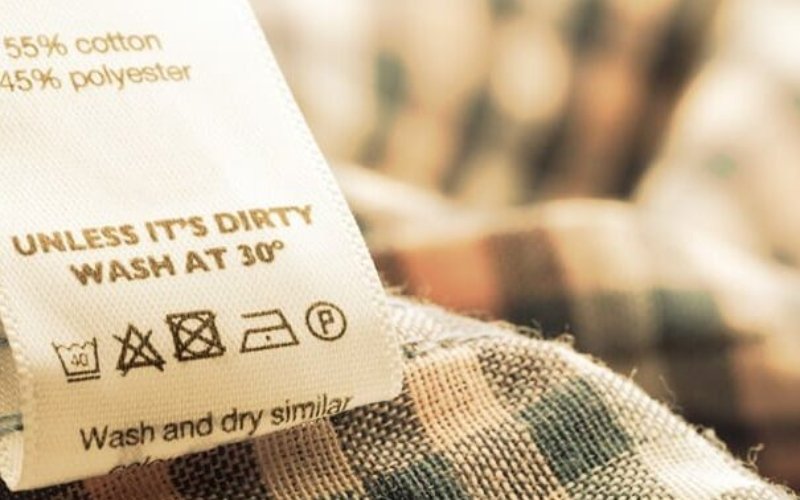
1.2 Who needs to know about textile labeling regulations?
A wide range of stakeholders are required to understand and comply with textile labeling regulations. This includes:
- Clothing Manufacturers: From small-scale artisans creating handmade garments to large corporations producing mass-market apparel, all clothing manufacturers are responsible for ensuring their products are accurately labeled.
- Textile Importers and Exporters: Companies involved in the international trade of textiles must adhere to the labeling regulations of both the exporting and importing countries.
- Online Retailers: Online retailers selling textile products, including those operating on platforms like Etsy and Shopify, are responsible for ensuring that the products they sell comply with all applicable labeling regulations. This includes accurate product descriptions and clear images of the product labels.
- Anyone Involved in the Textile Supply Chain: Any individual or organization involved in the sourcing, processing, or distribution of textile materials has a role to play in ensuring accurate labeling. This could include suppliers, distributors, and even laundry services.
2. Key textile labeling requirements (USA, Canada, EU)
2.1 Mandatory information on textile labels
Several key pieces of information must be included on textile labels to comply with regulations across various regions.
- Fiber Content: Accurate listing of fiber content is paramount. The percentage of each fiber constituting 5% or more of the total weight must be listed using the correct generic name of the fiber. For fibers constituting less than 5% of the total weight, they can be grouped together as “other fibers.” Fibers constituting 5% or more must be listed in descending order of predominance by weight. Fibers less than 5% may be listed as “other fiber” and do not need to follow the descending order in relation to the other fibers, but must accurately represent the total percentage.
- Care Instructions: Clear and accurate care instructions are essential for informing consumers how to properly care for their textile products. This includes providing instructions for washing, drying, ironing, bleaching, and dry cleaning, using standard care symbols that are easily understood. The care instructions must provide clear directions for regular care needed for the ordinary use of the product, and must warn about any procedures that might harm the product or other items being cleaned with it. The instructions should be appropriate for the fiber content and overall construction of the textile.
- Country of Origin: The country of origin must be clearly and accurately declared on the textile label. For products made with materials from multiple countries, the country where the “substantial transformation” occurred must be listed. For imported goods, the label must clearly state “Made in [Country].”
- Manufacturer/Dealer Identity: The label must identify either the manufacturer, importer, or another firm marketing, distributing, or otherwise handling the product. In the USA, this can be an RN (Registered Identification Number) issued by the FTC, or the company’s full name and address.
- Flammability Standards: Compliance with flammability standards is particularly important for children’s sleepwear. Regulations are enforced by the Consumer Product Safety Commission (CPSC) in the USA. Equivalent regulations exist in other regions.
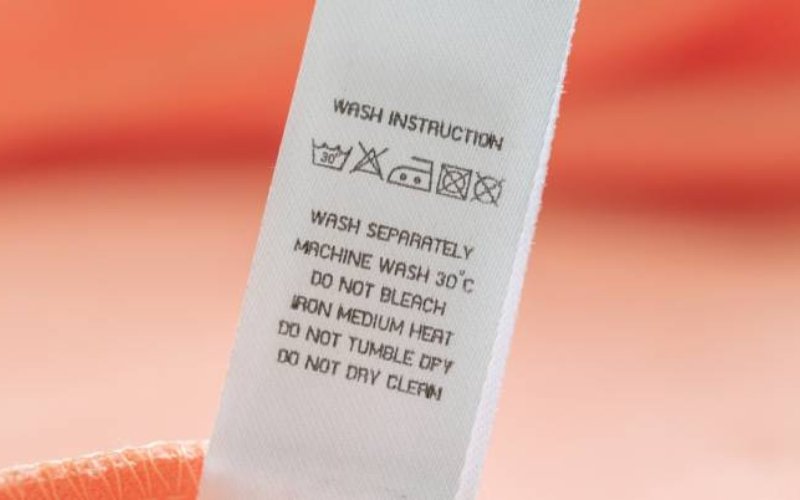
2.2 Specific regulations by region
Textile labeling regulations vary by region. The followings are each region’s regulation that the brand needs to follow.
USA: In the United States, textile labeling is primarily regulated by the Federal Trade Commission (FTC). Key regulations include the Textile Fiber Products Identification Act (TFPIA), the Wool Products Labeling Act, and the Fur Products Labeling Act. These acts mandate the accurate disclosure of fiber content, country of origin, and manufacturer/dealer identity on textile labels.
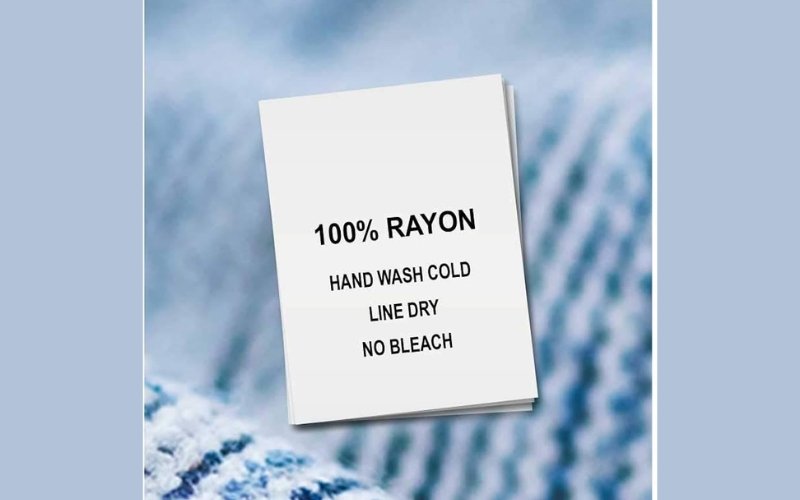
Canada: In Canada, textile labeling is regulated by the Competition Bureau under the Textile Labelling Act and Textile Labelling and Advertising Regulations. Key requirements include the use of both English and French for fiber content information, and disclosure of dealer identity.
There is no specific requirement to differentiate between permanent and non-permanent labels, though labels must be sufficiently durable for the expected life of the product. Certain products are exempt from labeling requirements.
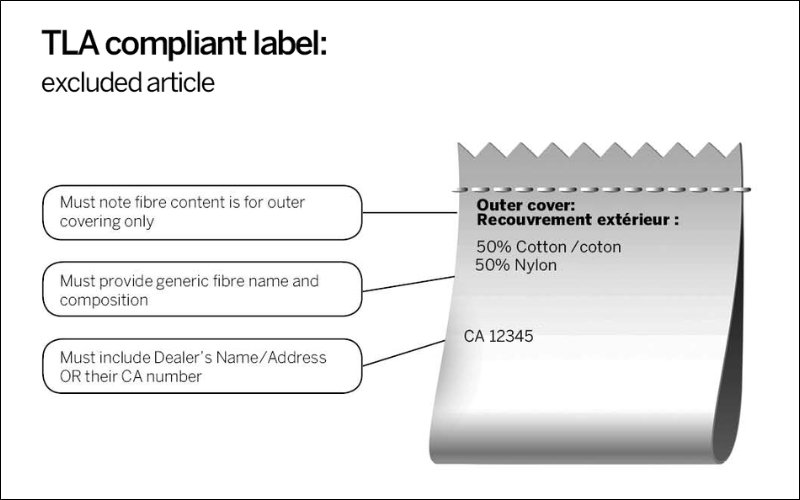
EU: In the European Union, textile labeling is governed by EU Regulation 1007/2011. This regulation outlines the rules for fiber composition disclosure, the mandatory use of specific textile fiber names, and the requirement to indicate the presence of non-textile parts of animal origin. The regulation also specifies language requirements.
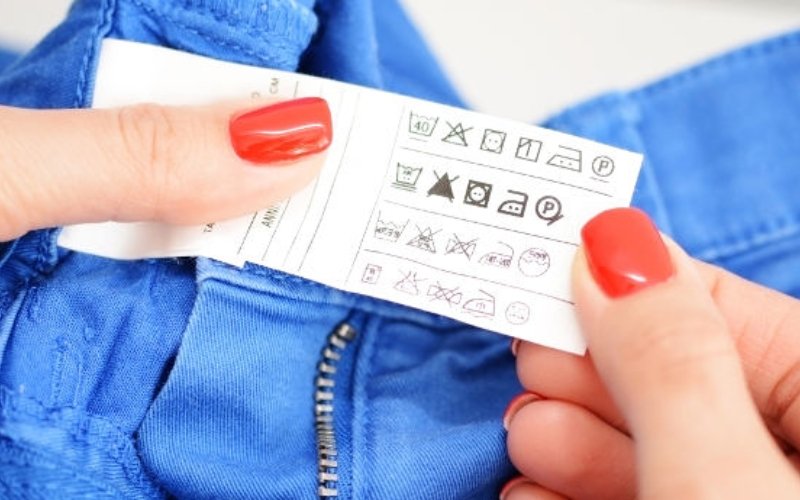
2.3 Label format and placement
The format and placement of textile labels are crucial for ensuring compliance and providing consumers with easy access to important information. Labels must be durable, easily legible, and visible to the consumer. They must also be securely attached to the product in a location where they can be easily accessed and read.
Permanent labels are designed to withstand repeated laundering and should be securely sewn into the garment. Temporary labels, such as hang tags, are typically used for displaying pricing or promotional information and are not intended to be permanent. The specific requirements for label format and placement may vary by region, so it’s important to consult the applicable regulations.
3. Textile product definition and exemptions
3.1 What is considered a “textile product”?
Under U.S. textile labeling regulations, a ‘textile product’ is generally defined as any product containing at least 80% by weight of textile fibers after ornamentation, if present, has been removed. Under Canadian textile labeling regulations, a ‘textile fibre product’ means any consumer textile article and any textile fibre, yarn or fabric used or to be used in a consumer textile article.
The EU definition is any product containing at least 80 % by weight of textile fibres, including raw, semi-worked, worked, semi-manufactured, manufactured, semi-made-up or made-up products. This includes a wide range of products, such as apparel (clothing), home textiles (bedding, curtains, towels), furniture coverings, umbrellas, and textile components of other products (eg, the textile lining of a bag).
The key criterion is the percentage of textile fibers in the product’s overall composition.

3.2 Common labeling exemptions
Certain products are exempt from some or all textile labeling requirements. These exemptions typically include:
- Second-hand goods: Products clearly identified as second-hand or used are generally exempt.
- Items intended for one-time use: Products designed for a single use may be exempt.
- Footwear: While the main components of shoes and other footwear are typically exempt from general textile labeling requirements, certain labeling requirements regarding materials used in specific parts of the footwear may still apply, particularly in the EU. In the US, footwear made substantially of materials other than textile fibers is exempt.
- Handbags: Handbags and other accessories made primarily of non-textile materials may be exempt.
- Toys: Toys are often subject to separate safety and labeling regulations.
- Certain non-fibrous materials: Certain non-fibrous materials, such as leather and fur, may be subject to separate labeling requirements.
It’s important to refer to the specific regulations for each region to determine whether a particular product is exempt from textile labeling requirements.
4. Special cases and variations in textile labeling
4.1 Sectional disclosure, linings, and trimmings
Textile products that consist of different parts or sections with different fiber content may require “sectional disclosure”, where each section with a different fiber composition is labeled separately. This ensures that consumers are aware of the fiber content of each component of the product.
Linings generally require separate fiber content disclosure. However, trimmings that constitute less than 15% of the surface area of the product (in the US) or are purely decorative and less than 5% of the product’s weight (in Canada) may be exempt from separate fiber content labeling, provided they are not claimed to have any functional significance (e.g., “waterproof trim”).
4.2 Labeling pile, coated, and impregnated fabrics
For pile fabrics (eg, velvet, corduroy), coated fabrics (eg, waterproof fabrics), and impregnated fabrics (fabrics treated with special finishes), specific labeling requirements may apply. In some cases, sectional disclosure may be required, while in other cases, composite labeling may be permitted. Composite labeling involves indicating the overall fiber content of the combined materials.
4.3 Labeling for carpets and rugs
Carpets and rugs also have specific labeling requirements. The fiber content of the carpet pile must be disclosed, and if the backing material is different, its fiber content must also be disclosed. It’s important to clarify whether the backing material needs to be included in the overall fiber content calculation, as this may vary by region.
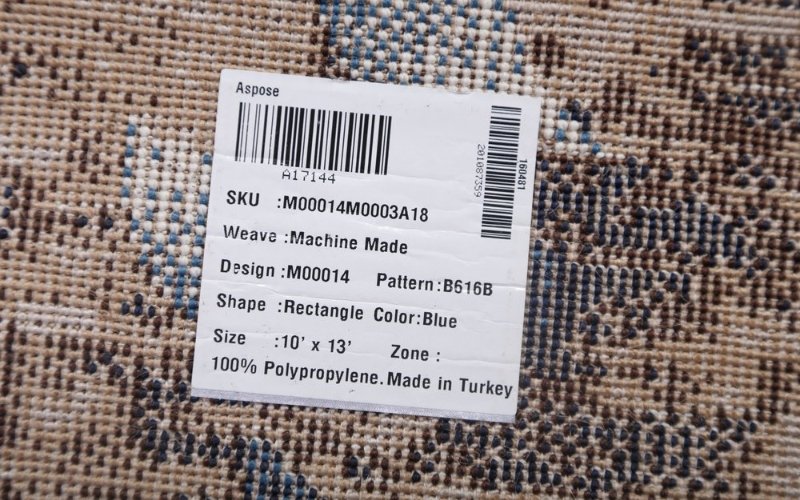
5. Avoiding misleading representations and ensuring compliance
5.1 Prohibited practices and penalties
False or misleading representations on textile labels are strictly prohibited. This includes inaccurate fiber content declarations, incorrect care instructions, misleading claims about country of origin, and any other information that could deceive consumers. Non-compliance can result in significant penalties, including fines, product recalls, legal action, and damage to brand reputation. These practices must be avoided.
5.2 Best practices for textile labeling
To ensure accuracy and compliance in textile labeling, it’s important to:
Consult with legal experts or textile testing laboratories to verify compliance with regulations. Keep up-to-date with any changes or updates to textile labeling laws. Use clear, concise language on labels and adopt standardized care symbols.
6. FAQs about textile labeling regulations
6.1 What is the difference between “fiber content” and “material”?
“Fiber content” refers specifically to the types of fibers (eg, cotton, polyester, wool) and their percentages by weight in the textile product. “Material” can be a broader term that may encompass the overall composition of the product, including non-fiber components.
6.2 Can I use abbreviations on my textile labels?
Abbreviations for fiber names are generally not permitted; the full generic name of each fiber must be used (e.g., ‘cotton,’ not ‘ctn.’). However, certain commonly understood abbreviations may be acceptable in some jurisdictions, provided they are not misleading. Always check the specific regulations for your target market.
6.3 Do I need to include care instructions on all textile products?
Generally, yes, care instructions are required on most textile products to inform consumers how to properly care for the item and maintain its quality and longevity.
6.4 What are the penalties for not complying with textile labeling regulations?
Potential penalties include fines, product recalls, legal action, and damage to the company’s reputation.
6.5 Where can I find the official textile labeling regulations for my country?
- USA: Federal Trade Commission (FTC) website
- Canada: Competition Bureau website
- EU: The official website of the European Union
7. My Pack Love – Providing service for textile labeling
My Pack Love is a leading provider of custom labeling solutions for the textile industry. We specialize in helping businesses comply with textile labeling regulations and create professional, informative labels that build brand trust.
- Value Booster Kit: Our Value Booster Kit is a convenient package that includes a variety of essential labels for textile products, helping businesses get started with compliant labeling.
- Woven Labels: Our high-quality woven labels are durable, customizable, and perfect for displaying brand information, fiber content, and country of origin.
- Heat Transfer Labels: We offer heat transfer labels for applying care instructions, size information, and other details directly onto garments with ease.
- Rubber Labels: Our rubber labels are a durable and stylish option for adding a premium touch and branding to textile products.
Read more:
Accurate and compliant textile labeling is essential for consumer protection, fair trade, and brand reputation. By understanding fiber content disclosure, care instructions, country of origin labeling, and regional regulations (USA, Canada, EU), you can ensure that your textile products meet all necessary requirements. Stay informed about any updates or changes to textile labeling laws and rely on My Pack Love for assistance with your textile labeling needs.















